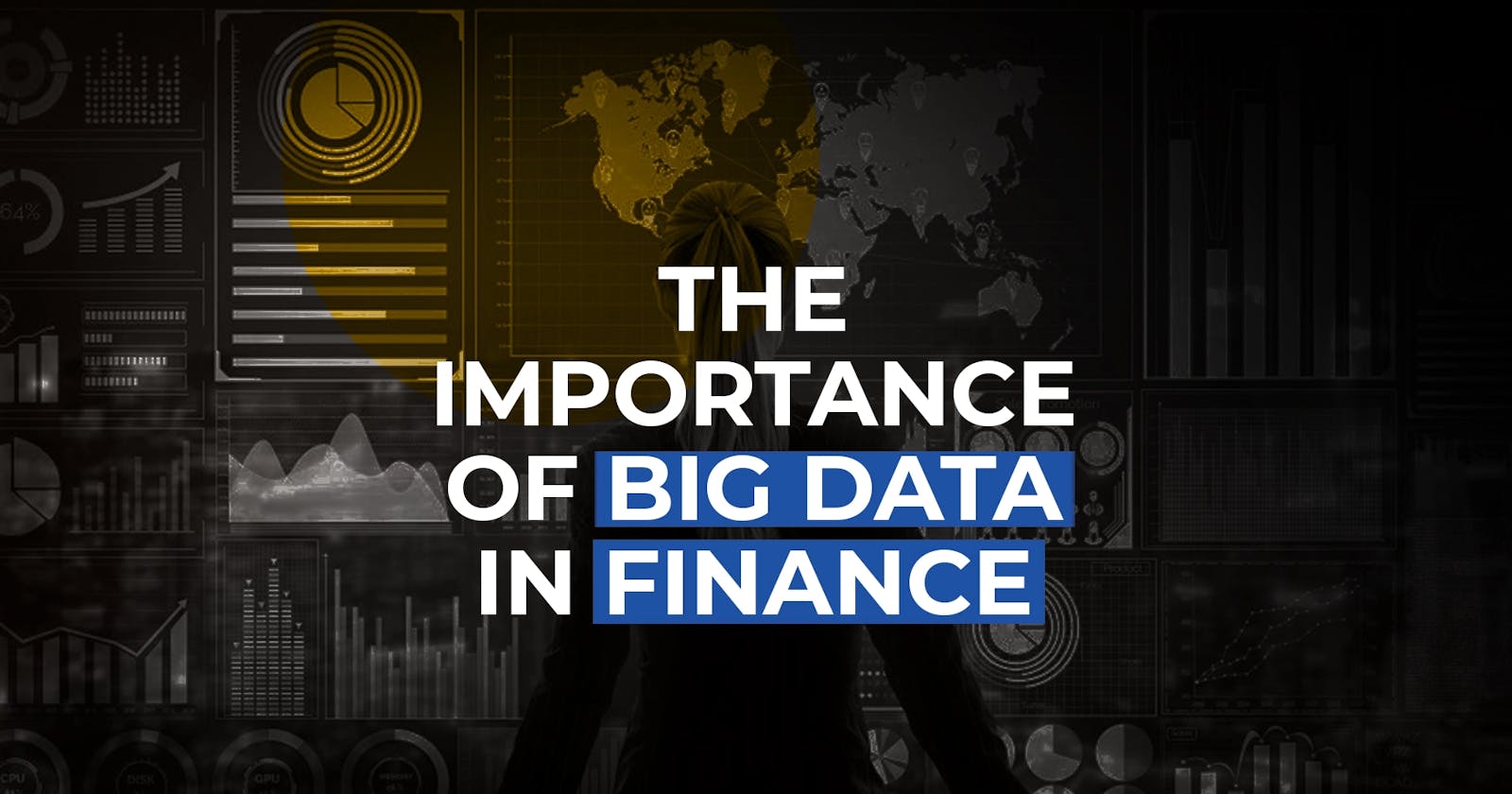Introduction :
Big data has become an essential element for the financial industry, transforming how financial services operate, from retail banking to trading, investment management, and risk management. With the increase in data volumes, velocity, and variety, big data has enabled financial institutions to extract valuable insights and gain a competitive edge in the industry.
This blog post will explore the concept of big data in finance, its impact on the industry, and how financial institutions can leverage big data to improve their operations.
What is Big Data ?
Big data refers to large and complex data sets that cannot be processed and analyzed using traditional data processing tools. It involves three main characteristics: volume, velocity, and variety. Volume refers to the size of the data, velocity refers to the speed at which the data is generated and processed, and variety refers to the different types of data.
Big Data in Finance :
The financial industry generates and processes large volumes of data every day, including transactional data, customer data, market data, and social media data. This data can be used to gain insights into customer behavior, market trends, and risk management. Here are some of the ways big data is used in the finance industry:
- Fraud Detection:
Big data can help financial institutions detect and prevent fraud by analyzing transactional data, customer behavior, and other relevant data. Machine learning algorithms can identify patterns and anomalies in the data, which can alert the institution to potentially fraudulent activities.
- Customer Analytics:
Financial institutions can use big data to gain insights into customer behavior and preferences, which can help them personalize their services and improve customer satisfaction. For example, analyzing customer data can help banks predict which customers are likely to default on loans or credit card payments, which can help them take proactive measures to avoid defaults.
- Risk Management:
Big data can help financial institutions manage risk by providing insights into market trends, credit risk, and operational risk. Machine learning algorithms can analyze historical data to identify patterns and make predictions about future risks. This can help institutions make informed decisions about investments, loans, and other financial transactions.
- Trading and Investment Management:
Big data can be used in trading and investment management to make better investment decisions. Financial institutions can analyze market data, social media data, and other relevant data to identify trends and predict market movements. This can help them make informed decisions about investments and trades.
- Compliance and Regulatory Reporting:
Big data can help financial institutions comply with regulatory requirements and report accurate financial data. By analyzing transactional data and other relevant data, institutions can identify potential compliance issues and take corrective action before they become a problem.
Challenges of Big Data in finance :
While big data offers significant benefits to the finance industry, there are also several challenges that financial institutions face when implementing big data solutions. Here are some of the major challenges of big data in the finance industry:
- Data Security and Privacy:
Financial institutions deal with sensitive customer data, and ensuring the security and privacy of this data is a top priority. As big data solutions involve storing and processing large amounts of data, there is an increased risk of data breaches, which can result in significant financial losses and damage to the institution's reputation.
- Data Quality:
Big data solutions rely heavily on data quality to produce accurate insights. However, financial institutions often deal with data that is incomplete, inconsistent, or inaccurate. Cleaning and standardizing data can be a time-consuming and complex process, which can impact the accuracy of the insights generated from the data.
- Data Integration:
Financial institutions often have multiple systems and sources of data, which can make it difficult to integrate data from different sources. Data silos can limit the usefulness of big data solutions, as insights may be based on incomplete or inconsistent data.
- Talent Shortage:
There is a shortage of skilled professionals who have the expertise to work with big data solutions in the finance industry. Recruiting and retaining qualified data scientists, analysts, and engineers can be a challenge, as they are in high demand across various industries.
- Regulation and Compliance:
Financial institutions are subject to strict regulatory requirements, which can impact the implementation of big data solutions. Compliance requirements can limit the types of data that can be used and how it can be analyzed, which can limit the effectiveness of big data solutions.
Conclusion :
Big data has revolutionized the finance industry, enabling financial institutions to extract valuable insights and gain a competitive edge in the industry. By analyzing large volumes of data, financial institutions can make informed decisions about investments, risk management, customer service, and compliance. As the volume, velocity, and variety of data continue to grow, big data will become even more essential for the finance industry.
